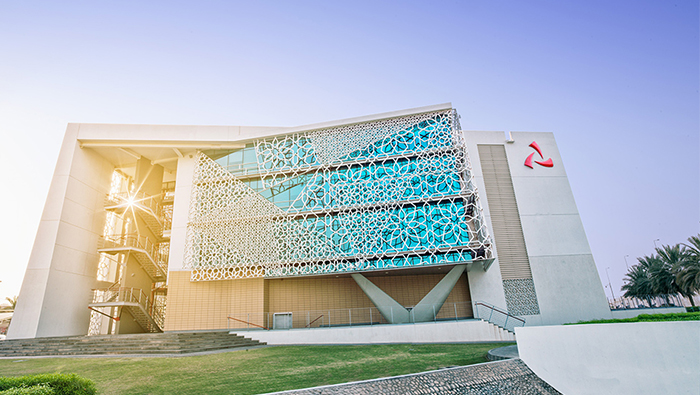Moody’s Ratings recently affirmed the long-term local and foreign currency deposit ratings of six Omani banks, including Bank Muscat, Bank Dhofar, National Bank of Oman, Sohar International Bank, Oman Arab Bank, and Bank Nizwa. The rating agency also upgraded the outlook to positive on the long-term deposit ratings of these banks. Additionally, Moody’s affirmed the Baseline Credit Assessments (BCAs) and Adjusted BCAs of all six banks. Bank Muscat, for example, had its long-term local and foreign currency deposit ratings affirmed at Ba1, with a BCA and Adjusted BCA at ba1, while Sohar International’s long-term local and foreign currency deposit ratings were also affirmed at Ba1, with a BCA and Adjusted BCA at ba3.
For NBO, Moody’s affirmed long-term foreign and local currency deposit ratings at Ba1, with the bank’s Adjusted BCA and BCA at ba2 and ba3 respectively. Bank Dhofar had its long-term local and foreign currency deposit ratings affirmed at Ba1, with its BCA and Adjusted BCA at ba3. OAB’s long-term local and foreign currency deposit ratings were affirmed at Ba1, with its Adjusted BCA at ba2 and BCA at ba3. Bank Nizwa also had its long-term foreign and local currency deposit ratings affirmed at Ba1, with its BCA and Adjusted BCA at ba3. The long-term deposit ratings of these banks are aligned with the ratings of the Government of Oman.
The change in outlook to positive on the long-term deposit ratings of the Omani banks reflects the positive outlook on the sovereign rating and potential improvements in the operating environment for some banks. An upgrade in the sovereign rating could result in higher government support benefits for the banks’ ratings, according to Moody’s. The affirmation of the banks’ BCAs indicates that their financial fundamentals and performance remain compatible with the current level, following the affirmation of the sovereign rating at Ba1.
The affirmation of the deposit ratings considers the affirmation of the BCAs and the government’s high willingness to provide support to banks if needed. This support is driven by the banks’ importance in the domestic financial system and significant government shareholdings and deposits in several banks. The ratings could be upgraded with a material improvement in the sovereign’s credit profile and the local operating environment for some banks. A higher level of support could be given to all Omani banks in case of a sovereign rating upgrade.
The positive outlook on the long-term deposit ratings indicates a lower likelihood of a downgrade in the near term. However, downward pressure on the Omani banks’ ratings could occur through deterioration in the sovereign’s credit profile or a material decline in the banks’ solvency and liquidity. Overall, the affirmation and positive outlook on the long-term deposit ratings of Omani banks reflect a stable financial environment and government support, with potential for improvement and upgrades in the future.











